There are destinations that offer many leisure options, but when we stay in certain establishments the pleasure of the trip can be enhanced, either due to their spectacular facilities, their luxury, their services or the special characteristics they have.
So, if you want to live a completely unique experience in one of your getaways, some of the most surprising hotels in Spain will help you live an unforgettable one. Here are some of the most unusual hotels in Spain:
Hotel Aire de Bardenas
https://airebardenas.com/
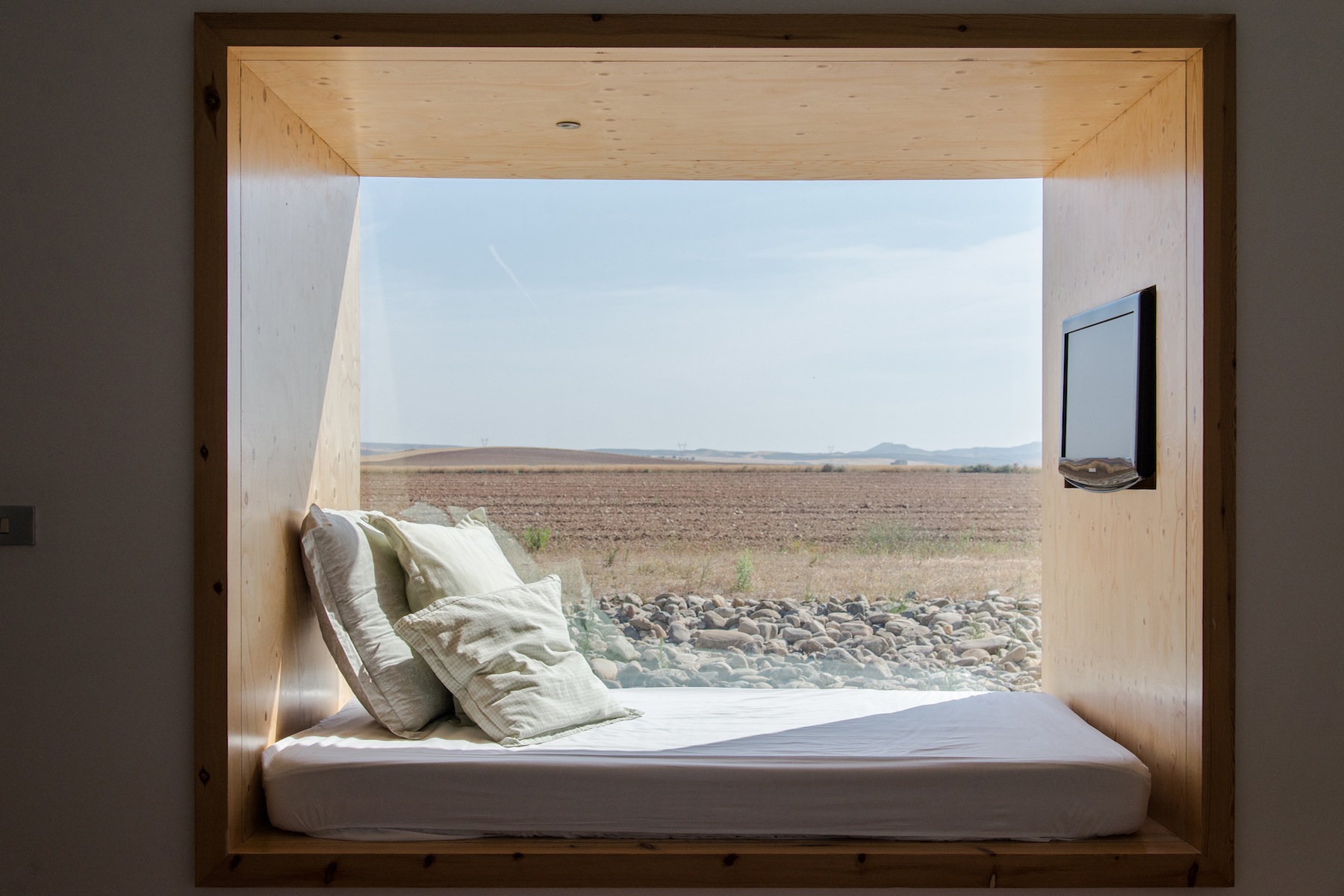

In the surroundings of the Bardenas Reales Natural Park, a 4-star establishment awaits you that will make you feel like you are in the middle of the desert under the stars, well you actually are! I am referring to the Hotel Aire de Bardenas (Ctra. De Ejea, km 1, 31500 Tudela, Navarra), whose architecture and design have been recognised with awards more than twenty times around the world.
Some of their rooms are in square cubicles, so you can choose between one of these unique cubist buildings to spend a few days of rest and adventure. Some of its rooms have a spectacular outdoor circular bathtub, others are characterised by their private patio and the suites also include a double indoor bathtub.
If you are still looking for something more special, at the Hotel Aire de Bardenas you can stay in inflatable bubbles in the open air, where you can sleep under a starry sky, away from stress, noise and worries. These bubbles also have all the comforts, as they include a shower, a hairdryer, a bathrobe, slippers, an eye mask and a full minibar.
The hotel offers a series of activities for guests, such as a visit to the Bardenas Reales Natural Park by Segway, guided tours through the desert, explanation and tastings on the process of making extra virgin olive oil and massage services. You will find it about 7 kilometres by car from the city of Tudela, following the NA-125 road.
Cave Houses
https://www.casascuevacazorla.com/home
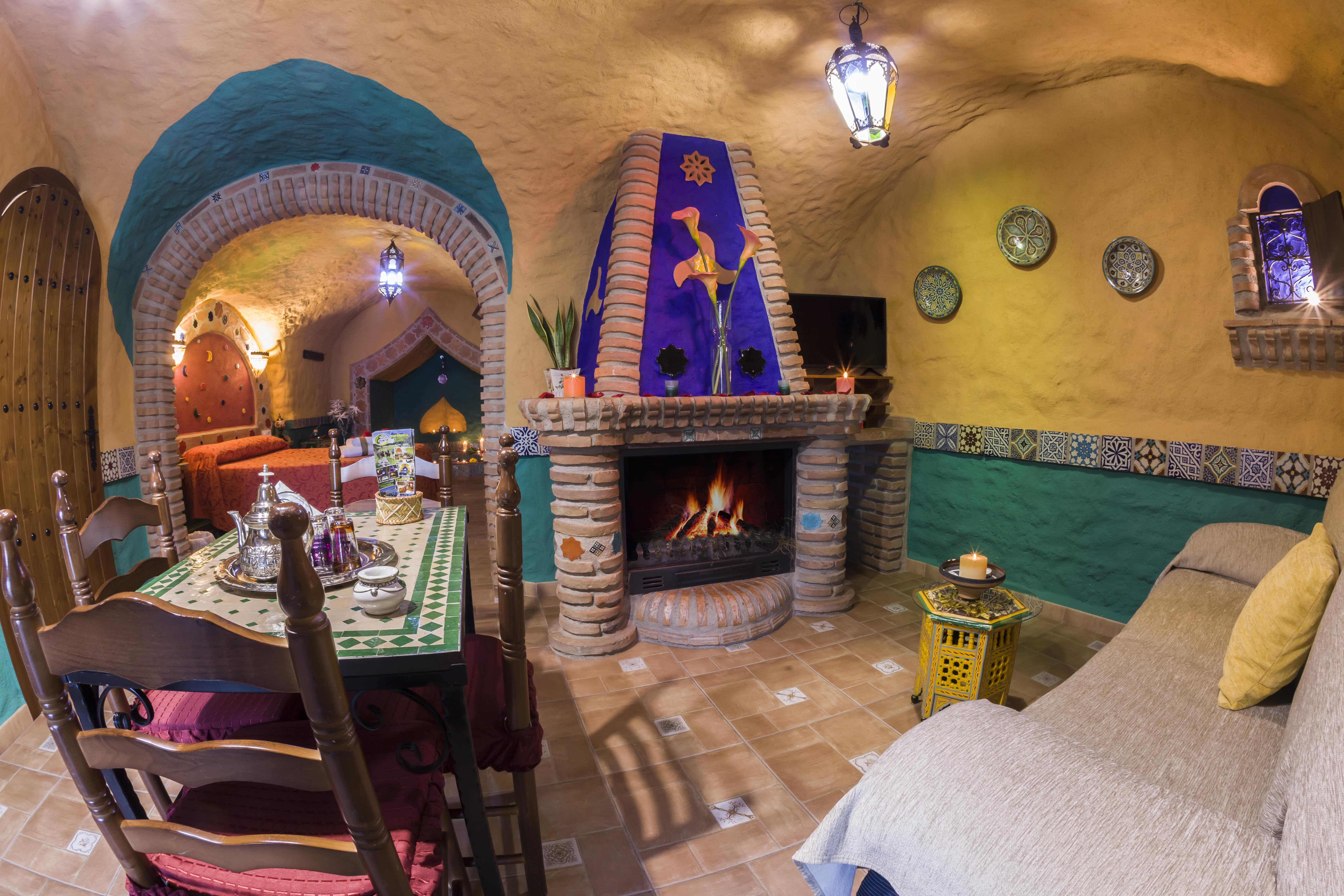
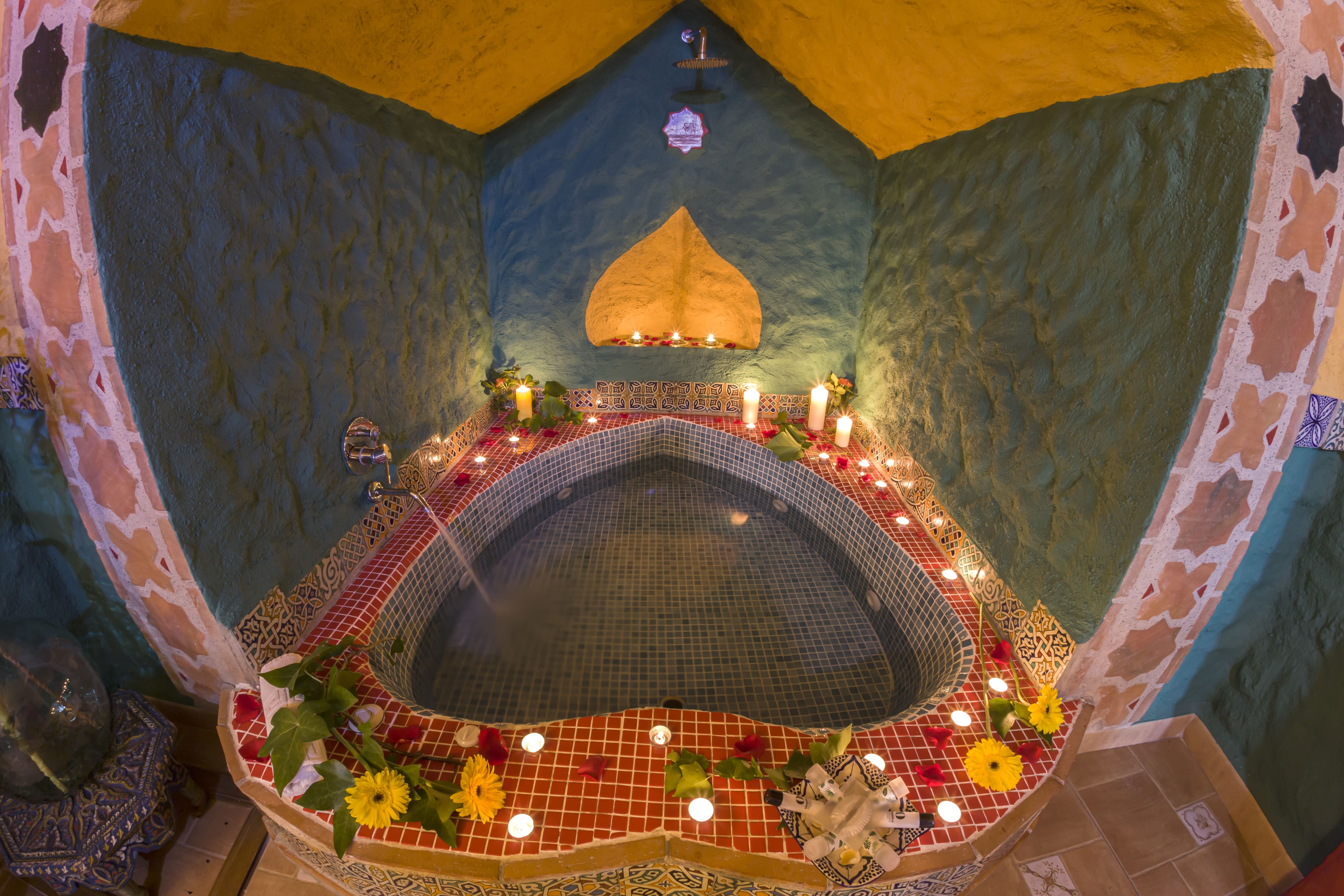
There are many cave hotels where you can stay in Europe, but in Spain, there are also some of these amazing places to stay without having to travel abroad.
One example is the Cueva de Cazorla Houses (Calle Cuevas Nuevas, 37, 23486 Hinojares, Jaén, Andalusia). Located in the Cazorla National Park, each of its houses and caves is completely different, since they are decorated by themes. With regard to its 4 caves, perfect for couples, all of them have a living room with a fireplace and a private Jacuzzi and share a saltwater pool outside.
Vivoo Landscape Hotel
https://www.vivood.com/en/

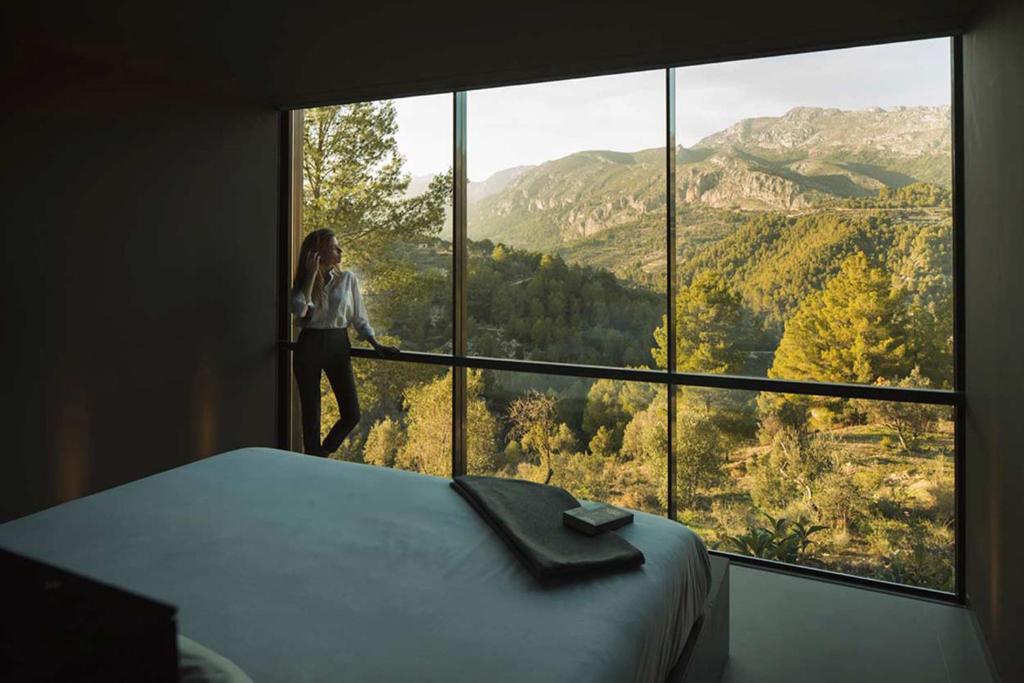
Among the adults-only hotels that exist throughout the country, there is one that surprises both for its architecture and location and for the beauty of the whole complex. It is the Vivoo Landscape Hotel (Carretera, Ctra. D’Alcoi, 10, 03516 Benimantell, Alicante), a 4-star accommodation, near the Guadalest reservoir and half an hour by car from Benidorm.
The hotel is located on an 84,000 square meter plot, in the middle of the valley, fully integrated with the natural landscape, so that both its common facilities and its suites and villas were designed as if they were incredible viewpoints. You can choose between the Pool Suite, with a private heated outdoor Jacuzzi, suites with a panoramic rain shower and mountain views, and several luxury villas, with two infinity pools open all year round. And if all this was not enough to relax, the hotel has a complete spa with a therapeutic circuit based on Ayurvedic culture.
Marques de Riscal Hotel
https://www.marriott.com/hotels/travel/biolc-hotel-marques-de-riscal-a-luxury-collection-hotel-elciego/

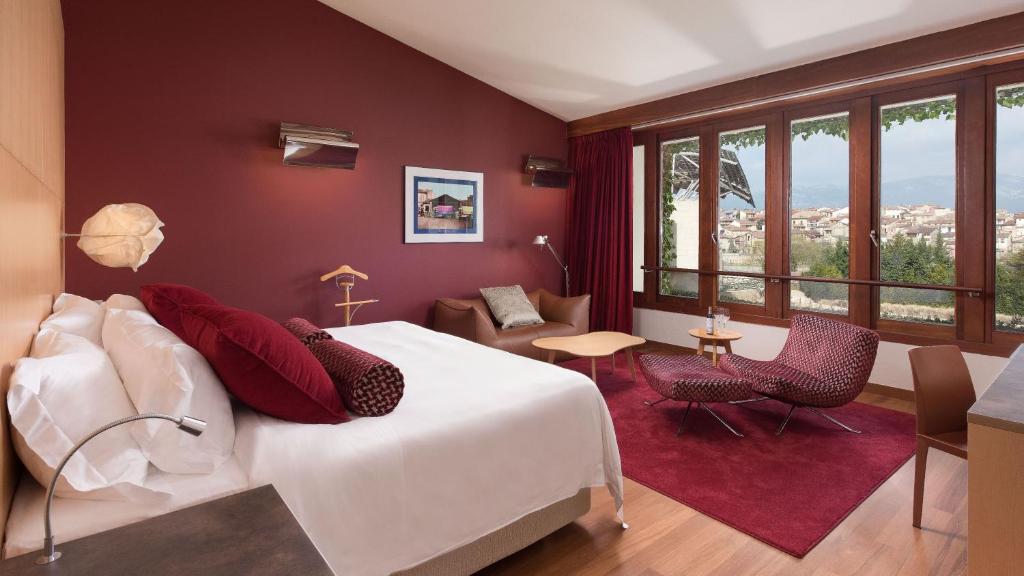
If you want to spend a night in a surprising building with an avant-garde design, as if it were the Guggenheim Museum itself, and even above you are passionate about wine tourism, you will be very pleasantly surprised by the Hotel Marqués de Riscal (Calle Torrea Kalea, 1, 01340 Eltziego, Álava ).
Designed by the Canadian architect Fran Gehry, this 5-star hotel with a titanium roof is located in the medieval town of Elciego (Eltziego). Its 43 rooms, spread over three floors, are unique, as they match the exterior structure of the building, with sloping walls, high ceilings and zigzag windows. In them, you will find all the comforts you can imagine, such as goose feather pillows, cloud lamps, green and black marble bathrooms, coffee and tea service, courtesy toiletries, minibar, cable TV and internet access and room service 24 hours.
In its facilities, you will also find two restaurants, a bar, a gym and a spa with an indoor pool, water jets, a Turkish bath, a Finnish sauna and a rain shower, which also offers wine therapy treatments. And while you enjoy the hotel, you can pay a visit to the historic Marqués de Riscal wineries.
O Semaforo de Fisterra
http://www.hotelsemaforodefisterra.com/en/
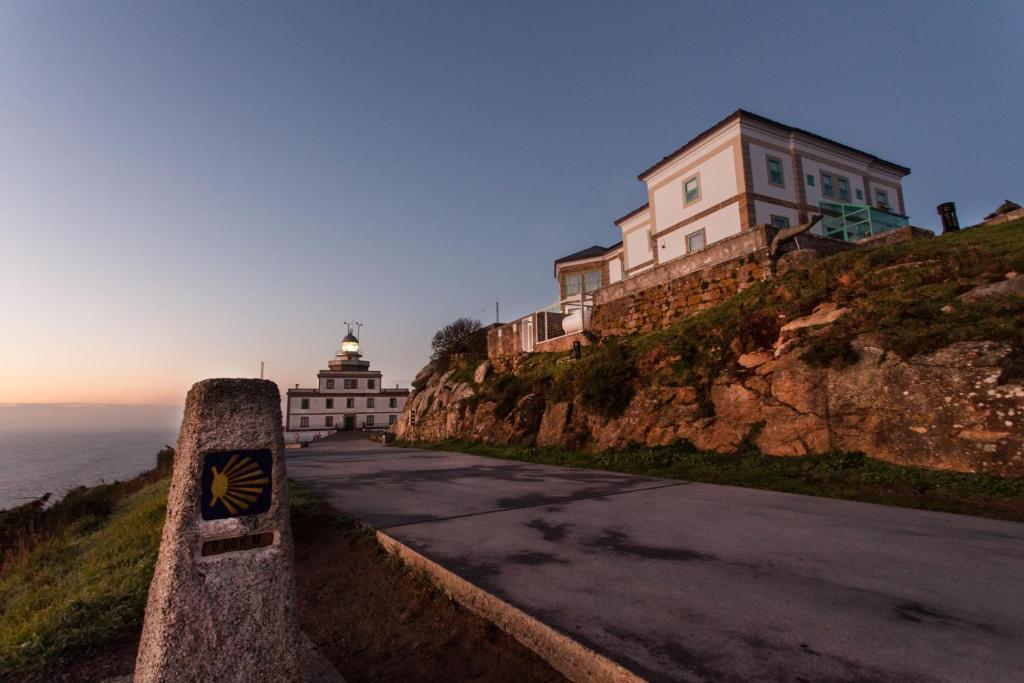
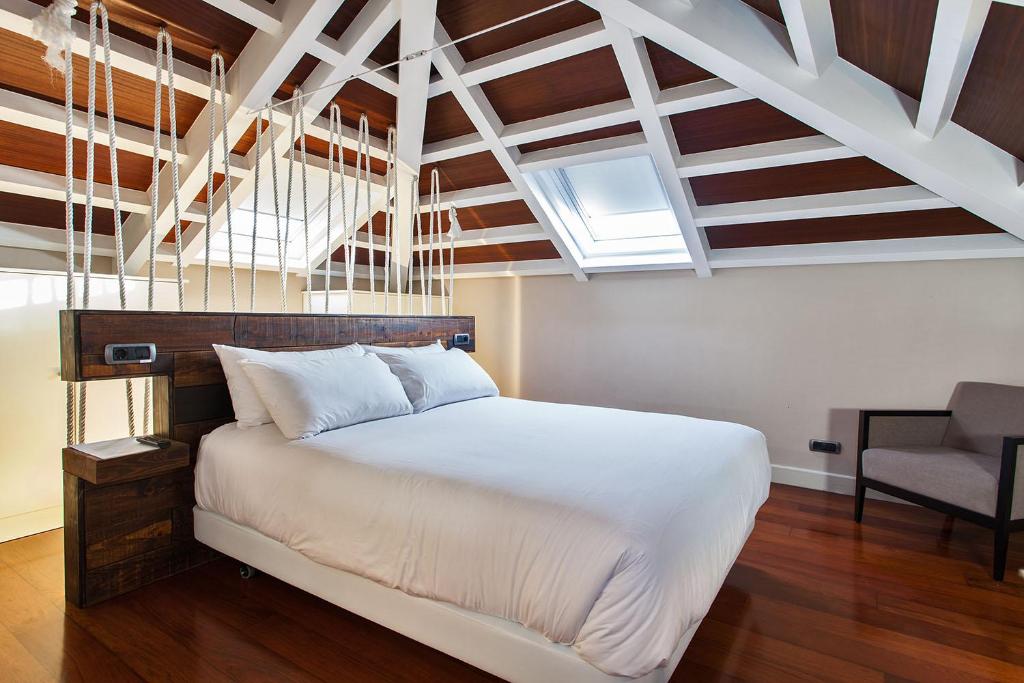
Sleeping at the famous End of the World is possible. You just have to stay in Galicia, in an old lighthouse that is also a 2-star hotel. This would be O Semáforo de Fisterra (Carretera del Faro, s / n, 15155 Finisterre, A Coruña), an incredible place where you can listen to the wind and the sea and that is perfect for travellers looking for rural escapes that are as surprising as they are special. The lighthouse, which rises 138 meters above sea level, was built in 1853, and decades later, in 1888, the annexe building was erected. In 1999 it was converted into a boutique hotel, with five rooms, a restaurant and a cafeteria, where you can forget the world and discover the Galician Costa da Morte.
Toy Hotel
https://www.hoteldeljuguete.com/es


Among all the surprising hotels in Spain, one cannot forget the Toy Hotel (Carrer l’Escoleta, 4, 03440 Ibi, Alicante). This 4-star establishment focuses its theme on toys and cartoons, so among its 21 rooms, you can select those decorated around the Lego, the Nancy doll, the Nenuco, the Pin and Pon or the Playmobil. You will find toys in all of them.
At the Hotel del Juguete, one of the most emblematic dates is Christmas, since activities and special events are organised for this time of year, with the special importance of the Three Kings festival.